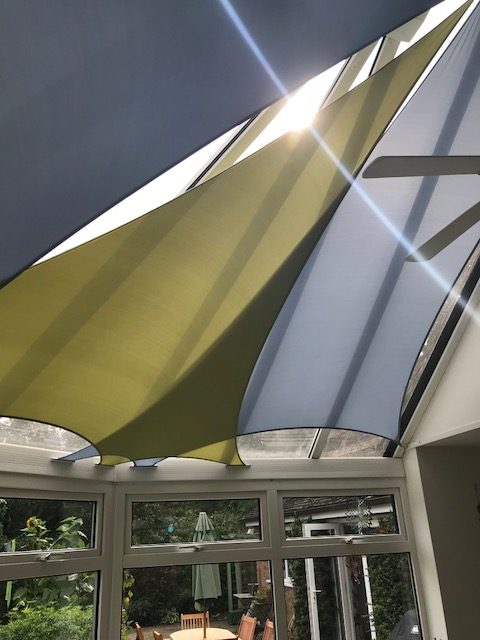Eltham Palace, Greenwich: King Henry VIII’s boyhood home

English country houses are renowned for their eccentricities. Oil paintings of ancestors with eyes that seem to follow your every move; secret tunnels hidden behind bookcases or under sturdy oak floors; strange things that go bump in the night.
Few, however, hold a candle to Eltham Palace, an extraordinary former royal residence in London’s historic borough of Greenwich that makes Downton Abbey look like an Airbnb.
The story of how King Henry VIII’s boyhood home was transformed from a medieval mansion into a masterpiece of art deco design and 1930s cutting-edge technology is worthy of its own TV series.

Eltham Palace: Its art deco flair is thanks to Sir Stephen Courtauld and his wife Virginia.
And the star of this British period drama isn’t a dowager duchess or crusty old butler but a cheeky, not to mention thoroughly indulged, ring-tailed lemur from Madagascar called Mah-Jongg (more on him later).
READ MORE:
* Words and artwork to get it together
* King Henry VIII’s honeymoon castle is for sale for $15 million
* A closer look at the unfortunate Anne Boleyn
First recorded in the Domesday Book, Eltham estate was gifted to Edward II in 1305 and became a favoured royal residence due to its sprawling deer park and bountiful hunting grounds.

Eltham Palace garden.
Henry VIII spent happy childhood years there – Eltham was one of a handful of residences large enough to accommodate the entire Tudor court of more than 800 people – but his daughter Elizabeth I preferred other homes and the palace slowly fell into decline.
Fast-forward to 1933 and Eltham suddenly sprang back to life, this time not under royal patronage but thanks to the largesse and vision of Sir Stephen Courtauld, a member of the wealthy English Courtauld textile family, and his wife Virginia.
The Crown Estate granted the couple a lease on the mansion, giving them pretty much free rein to redesign their new home as they wished on the condition they restore the Great Hall – the last remaining part of the original palace – to its former glory.

Re-enactors stage a medieval jousting competition at Eltham Palace.
The Courtaulds jumped at the opportunity, commissioning British architects and a coterie of European and Scandinavian designers to remodel the house – but not quite in the way the Crown might have expected.
While a minstrel’s gallery was added to the magnificently restored Great Hall – turning the former Tudor banqueting hall into one of the grandest dining and music rooms in England – the rest of the home moved firmly into the golden age of art deco.
The Courtaulds spared no expense on the three-year restoration and the result was a tour de force of architecture and design which made the new-look Eltham Palace an overnight sensation.

The Great Hall at Eltham Palace.
Glamorous soirees thrown by the couple and attended by leading explorers, movie stars, film directors and politicians of the day were the talk of London society and a weekend house party invitation became the hottest ticket in town until the Courtaulds vacated the palace in 1944.
The idiosyncratic house and award-winning gardens are now open to the public under the auspices of English Heritage which safeguards the future of more than 400 historic buildings, monuments and sites across England.
While the exterior architecture spans four centuries, the home’s interiors are a showcase of art deco in its purest form, extending from the stunning domed and light-filled entrance hall to the chic living and dining rooms where the Courtaulds entertained lavishly.
On the first floor, many of the bedrooms are designed in the ‘Cunard style’ – inspired by the fashionable cruise liners of the time – providing a striking visual counterpoint to the adjoining minstrel’s gallery and elevated view over the restored Great Hall.
After a more recent restoration by English Heritage, new rooms are open to the public for the first time: a map room where the Courtaulds planned their exotic world travels; a reconstruction of Virginia’s walk-in wardrobe with period dresses, hats and accessories; and a billiards room, photographic darkroom and wartime bunker in the basement.
By far the most eccentric feature is a bamboo ladder connecting the ground floor flower room to a first-floor space decorated with murals resembling a Madagascan rainforest.
The reason? A ring-tailed lemur had caught Virginia’s eye on a visit to Harrod’s pet department (yes, it had one) in 1923. She immediately bought it, named him Mah-Jongg, and he quickly became a much-loved member of the Courtauld clan.
The childless couple indulged ‘Jongy’ endlessly, putting central heating in his living quarters to simulate a tropical climate, taking him on their extensive travels and pretty much giving him the run of the house.
The lemur in turn entertained guests with his antics, snatching tiaras off ladies’ heads, stealing olives from martinis and occasionally sinking his sharp teeth into an unsuspecting dinner guest.
Jongy died in 1938 but his image is incorporated into many of Eltham Palace’s architectural and decorative features. What Henry VIII would have made of these high society shenanigans is anyone’s guess but methinks he would have laughed his royal socks off.
[“Source-stuff”]

